Universidade de Coimbra Alta e Sofia — Candidatura a património mundial
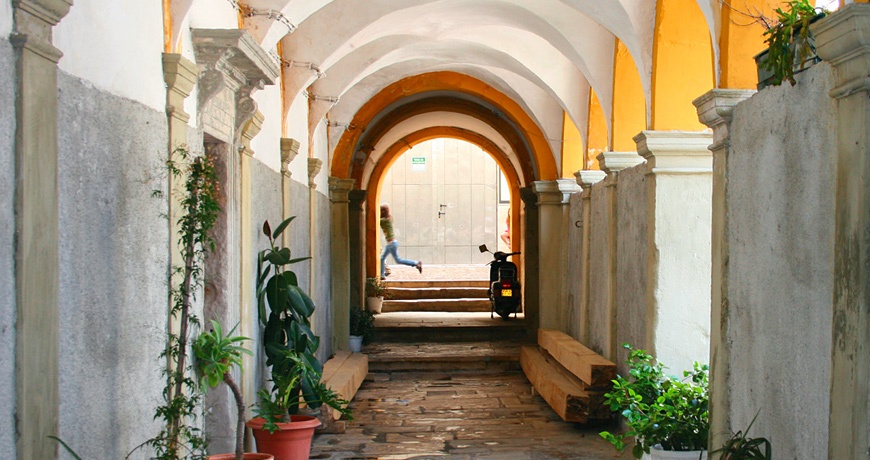
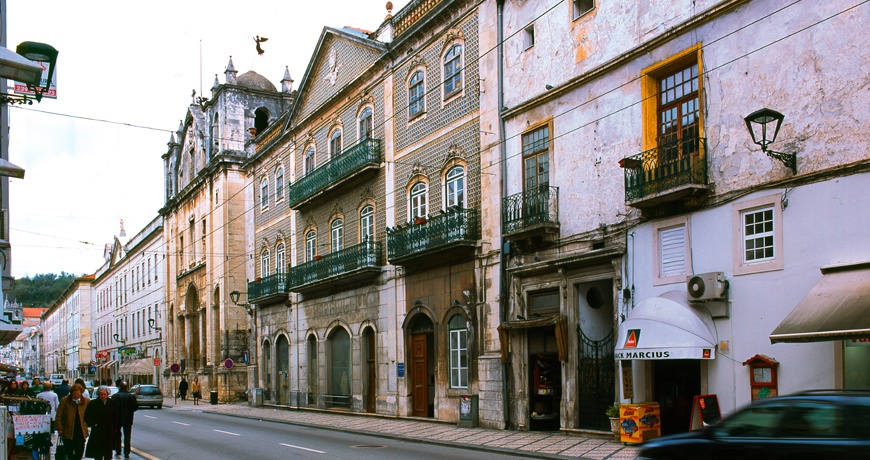
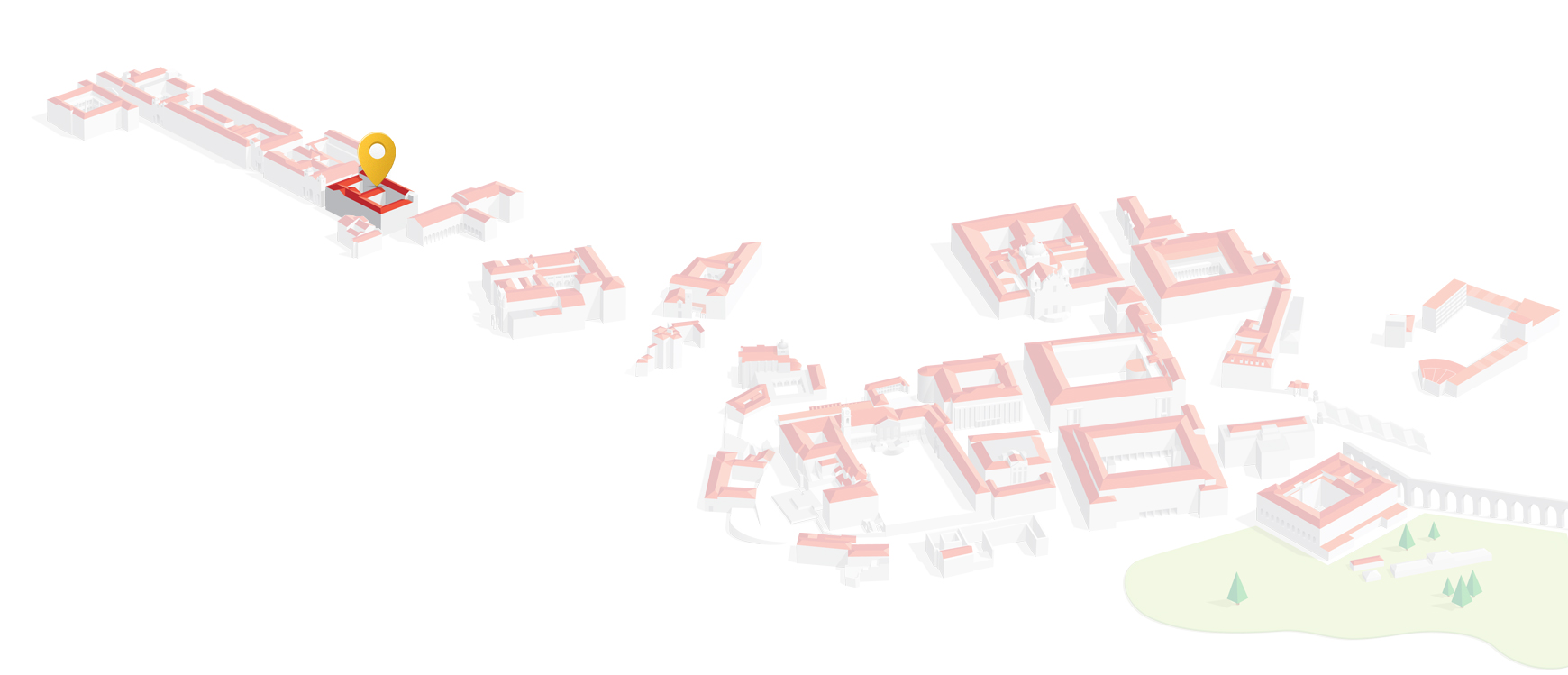
College of Espírito Santo
The construction of the College initiated in 1541, and it continued throughout the second half of the 16th century, when some areas were expanded.


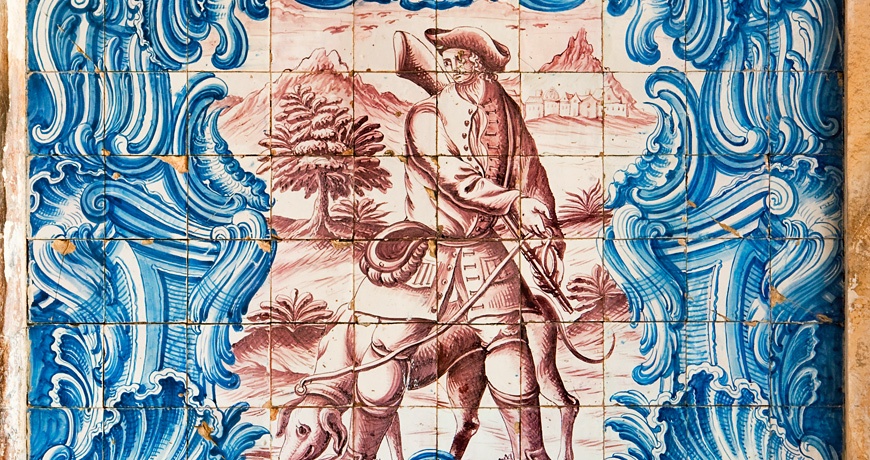
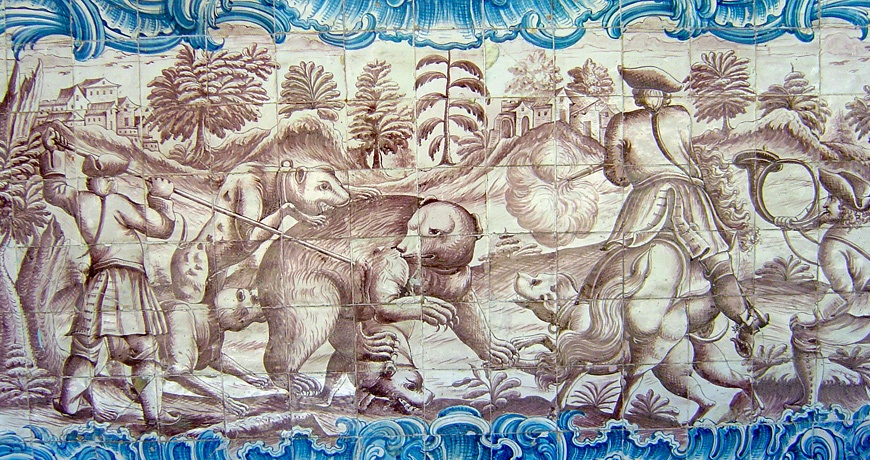
Art and Architecture
The construction of the College initiated in 1541, and it continued throughout the second half of the 16th century, when some areas were expanded.
It was closed down in 1834, when the religious orders were extinguished in Portugal. Four years later, the building was sold to private parties. The new owners of the building initiated a campaign of works that changed most of the building’s original architectural features in order to use it for other purposes.
Following the models then in use for ecclesiastical colleges, the most important spaces of the building – dormitories, refectories, kitchen, libraries and classrooms – were organised around two cloisters of similar size.
Despite the many alterations that it suffered from 1834 onwards, the monument has preserved important features, such as the architectural structures of the southern courtyard and some of the ornamental tile panels, both narrative and figurative.
There are still some remnants of a neoclassical palace-like residence that was built after 1838 in the northern part of the College.

Proposed Intervention
The present proposal aims to eliminate all the spurious elements that mar the typological integrity of the building, namely the constructions that damaged the southeast cloister.
Given the overall unsatisfying state of conservation of the building, all the spaces will undergo some form of intervention – either maintenance or rehabilitation.
